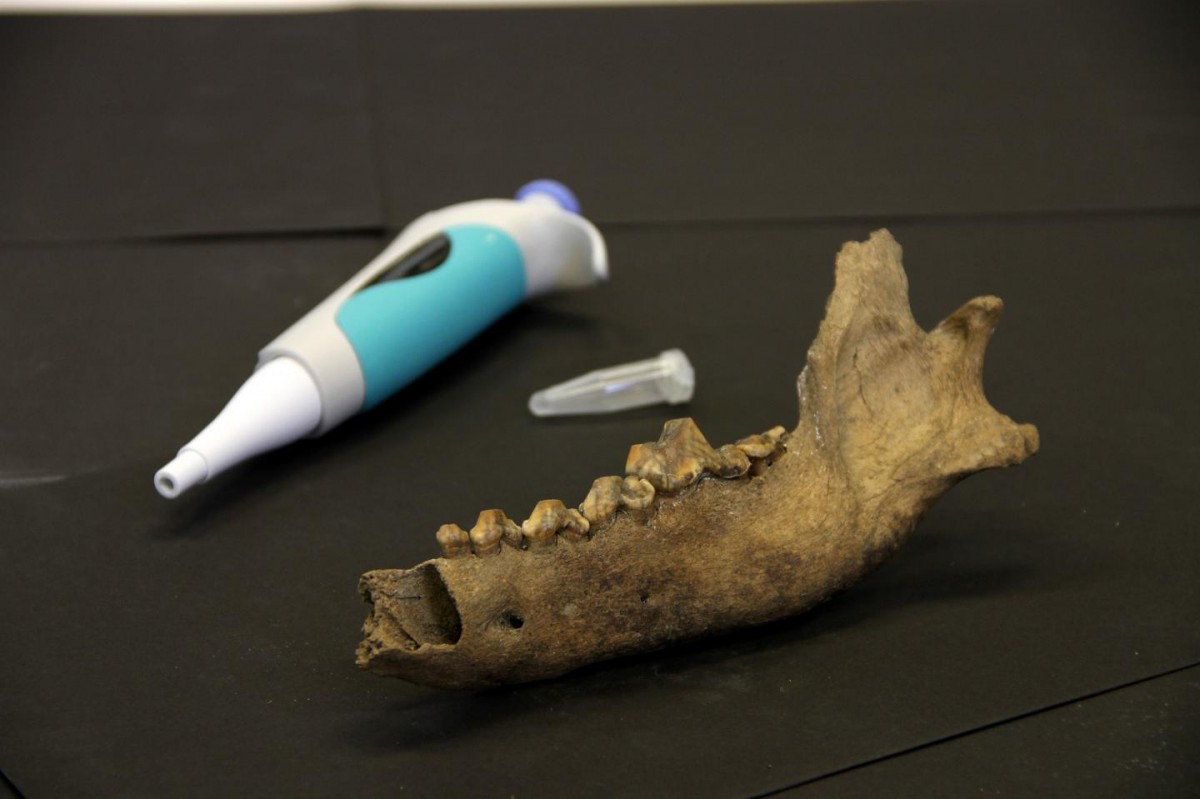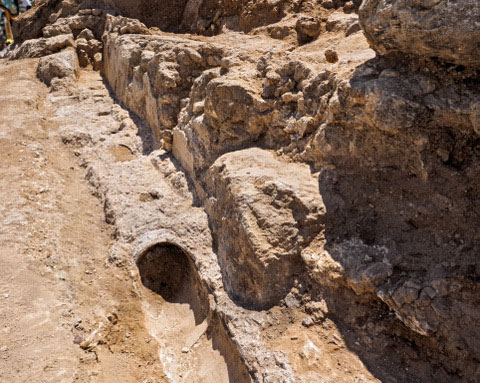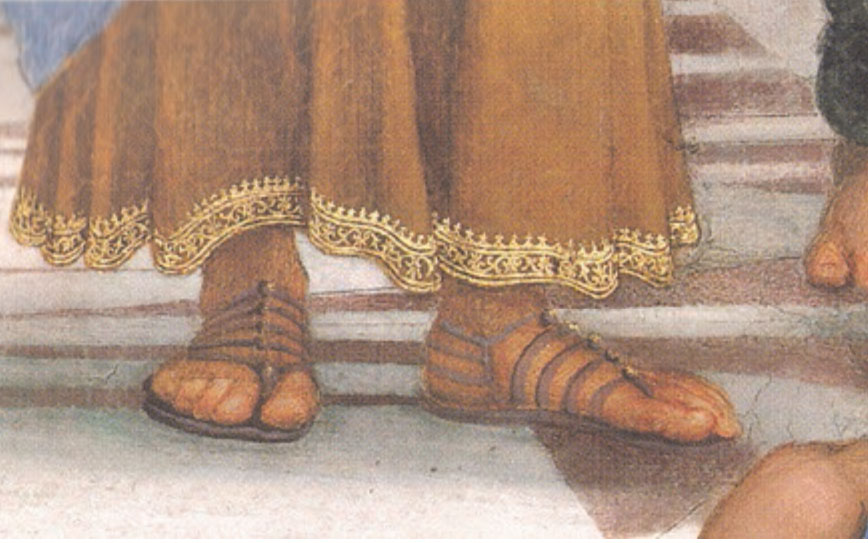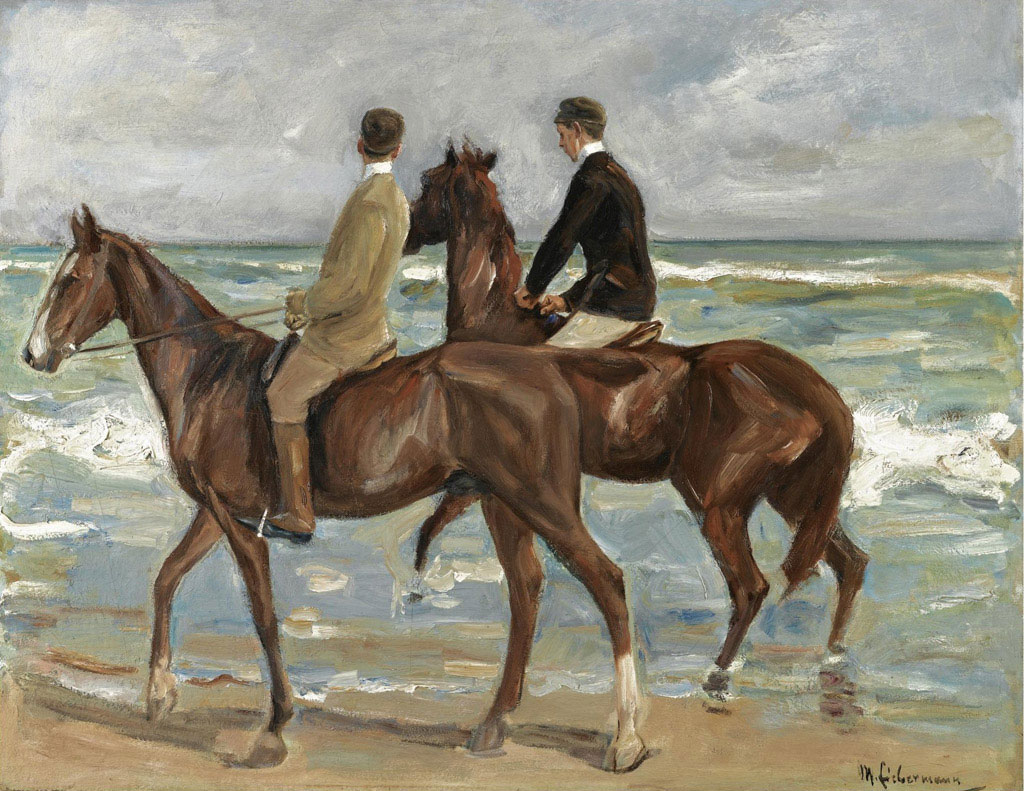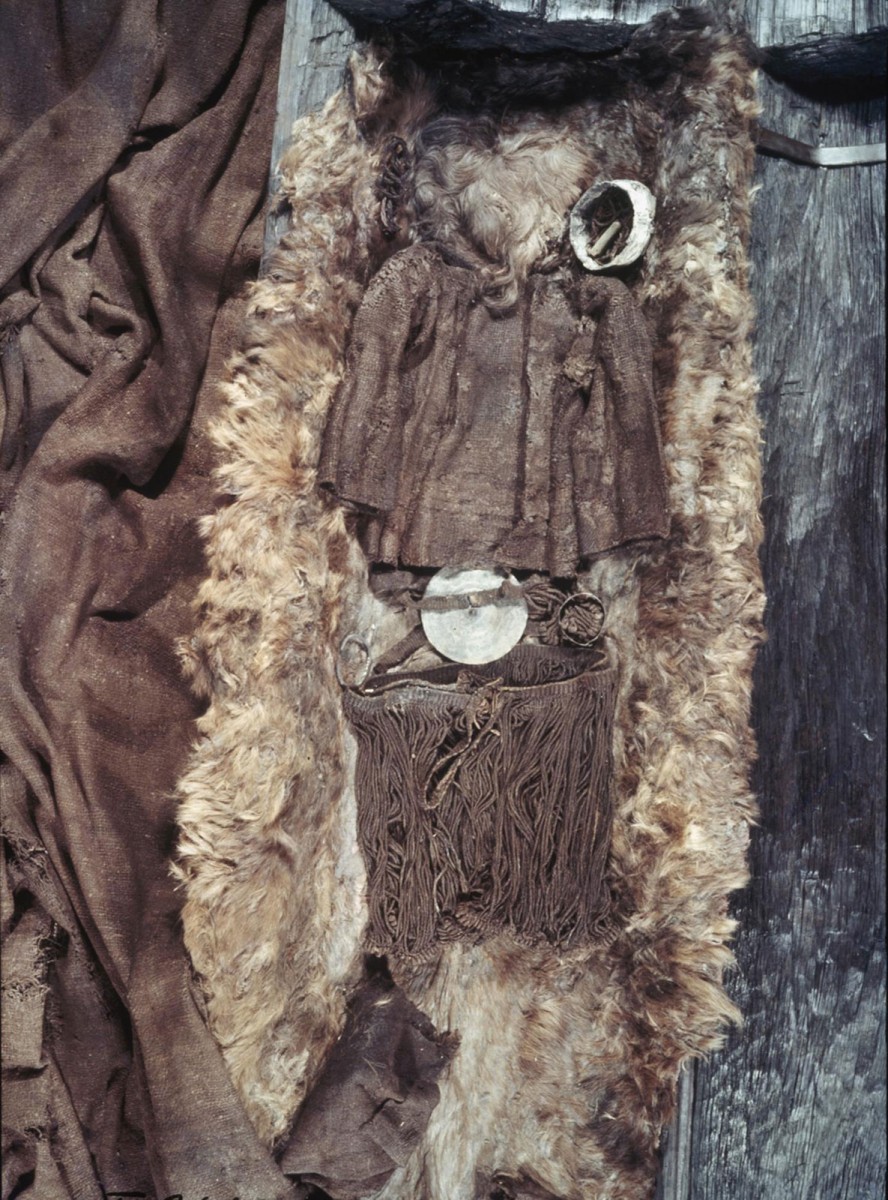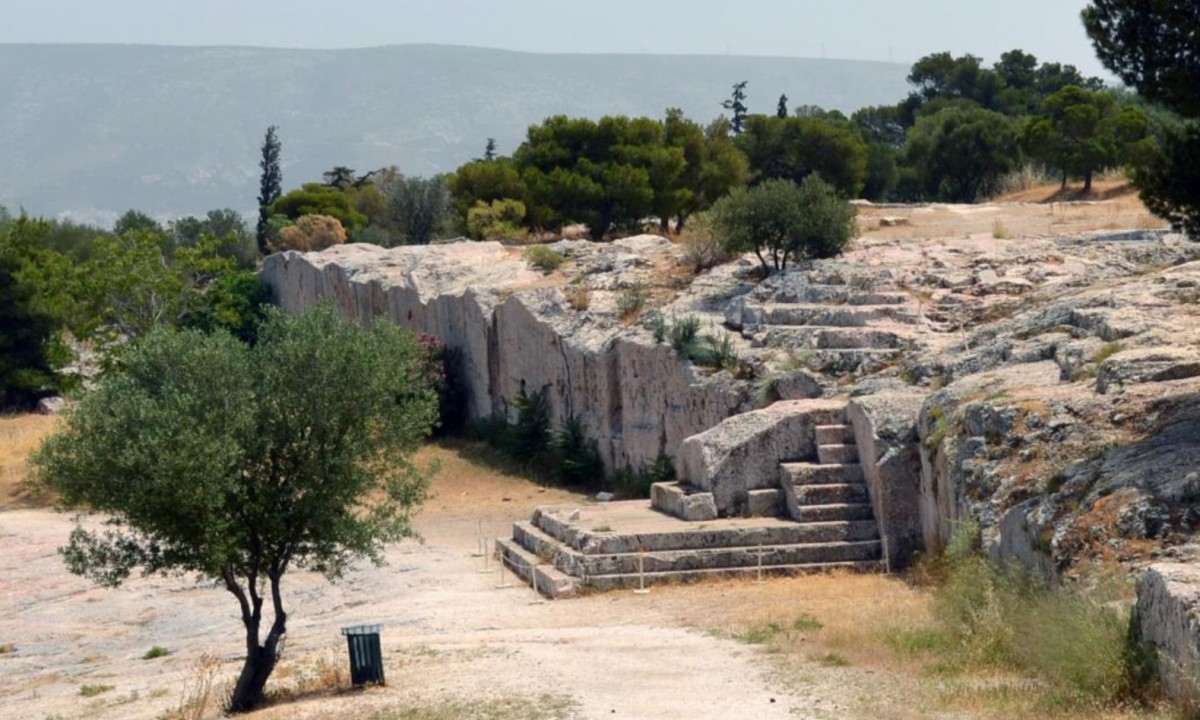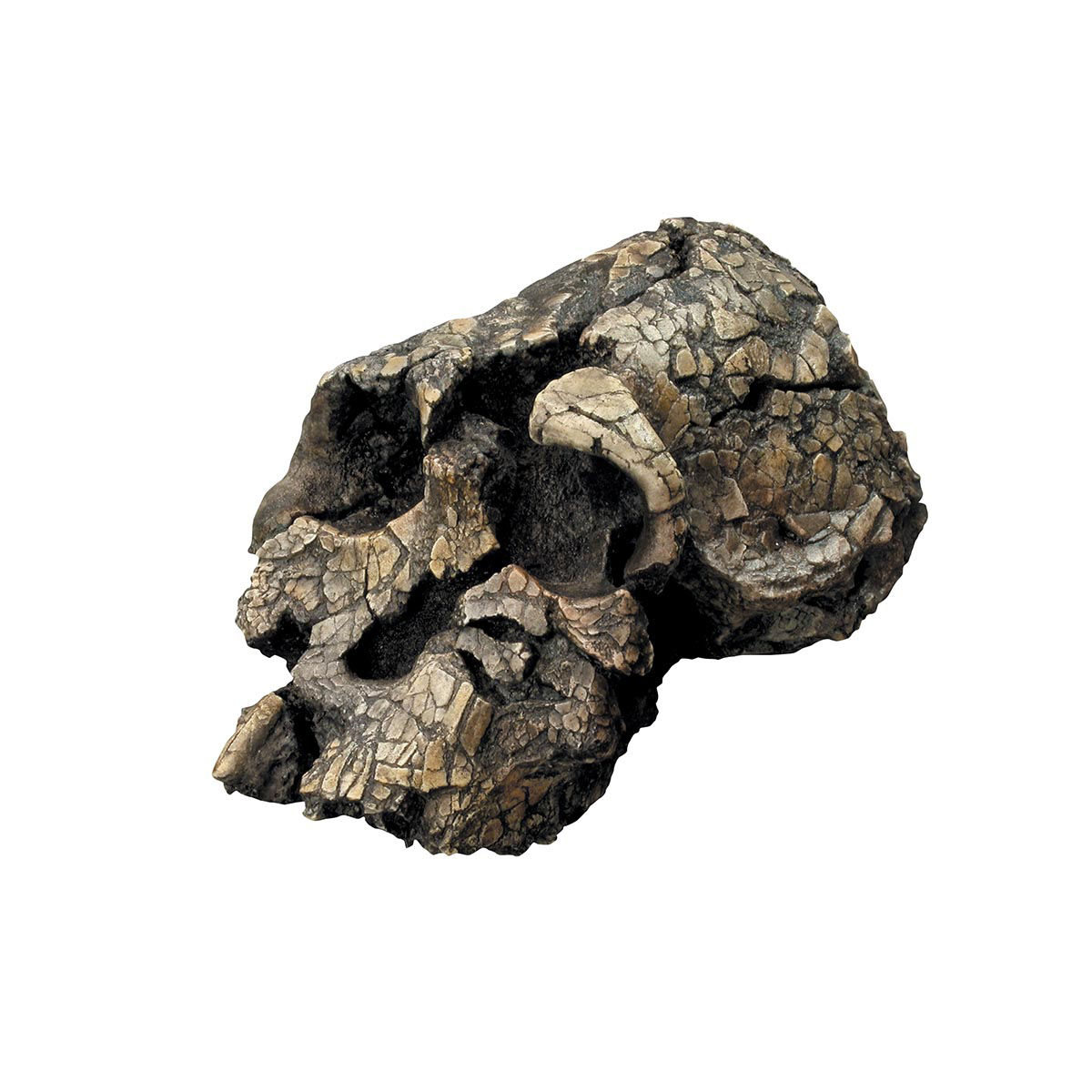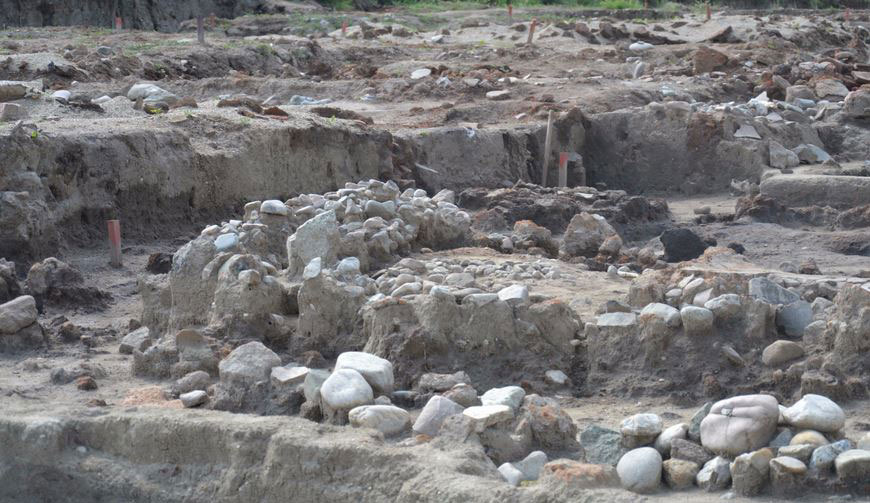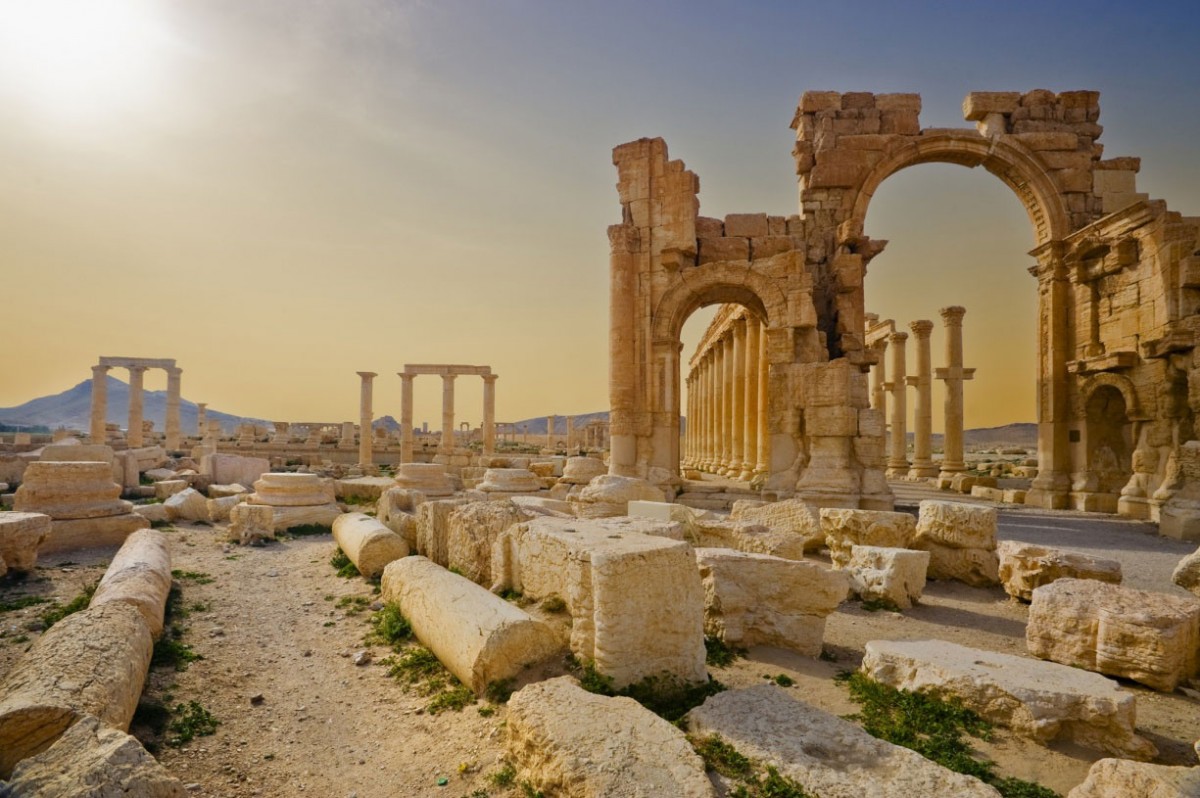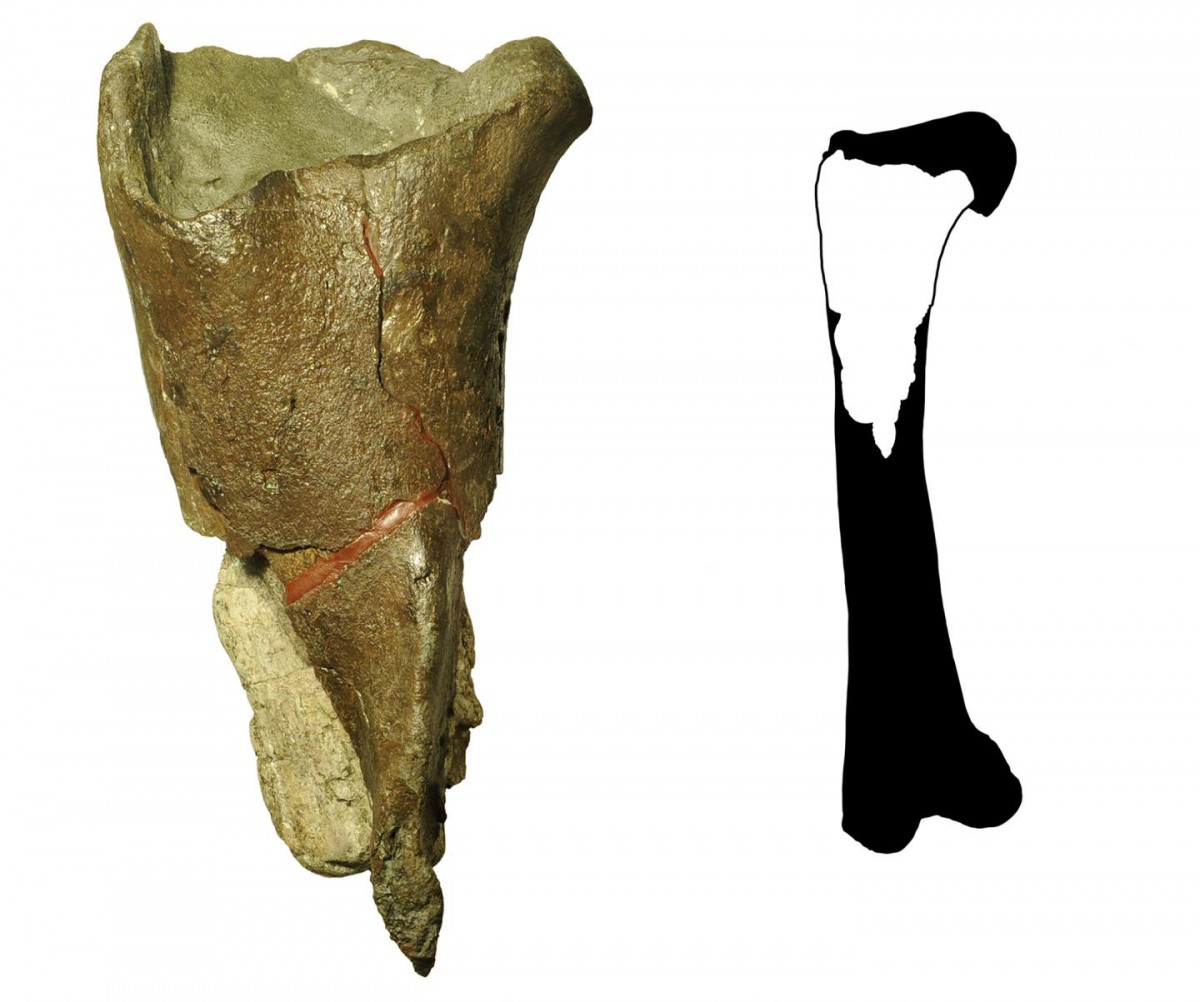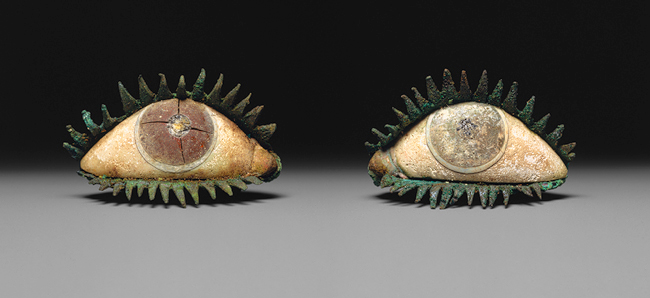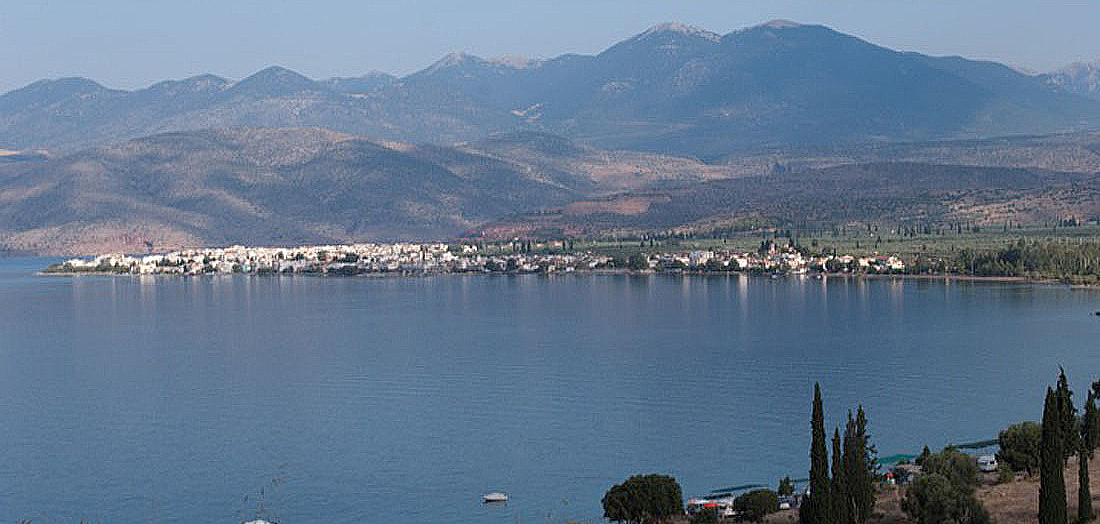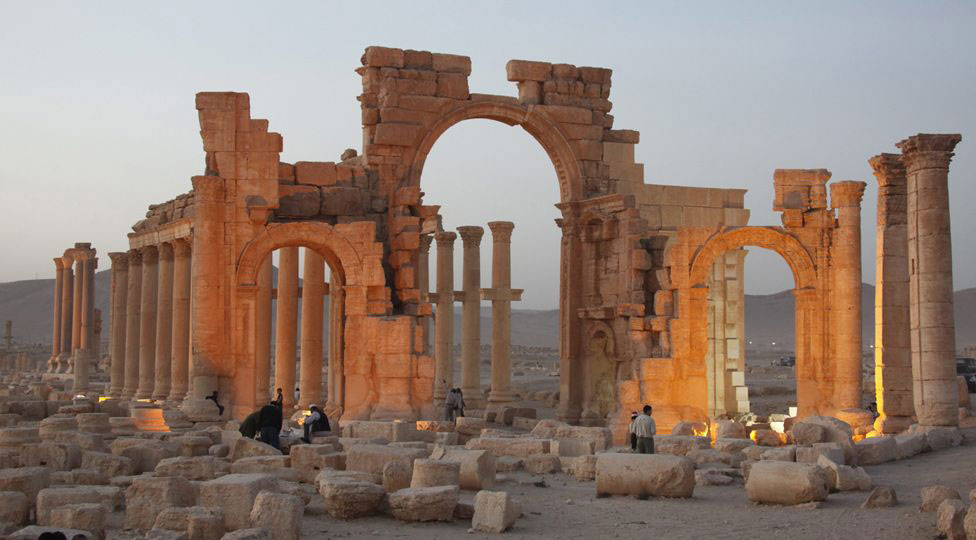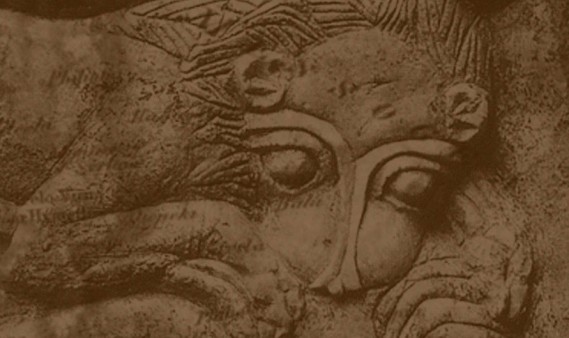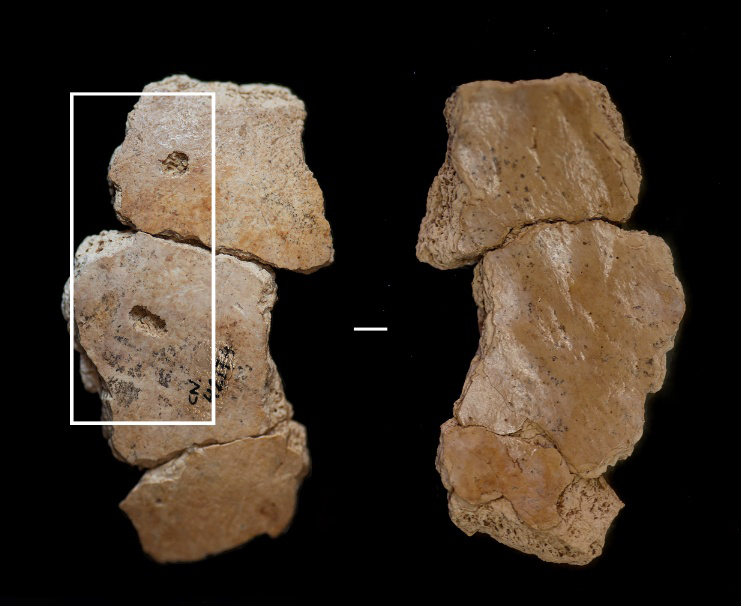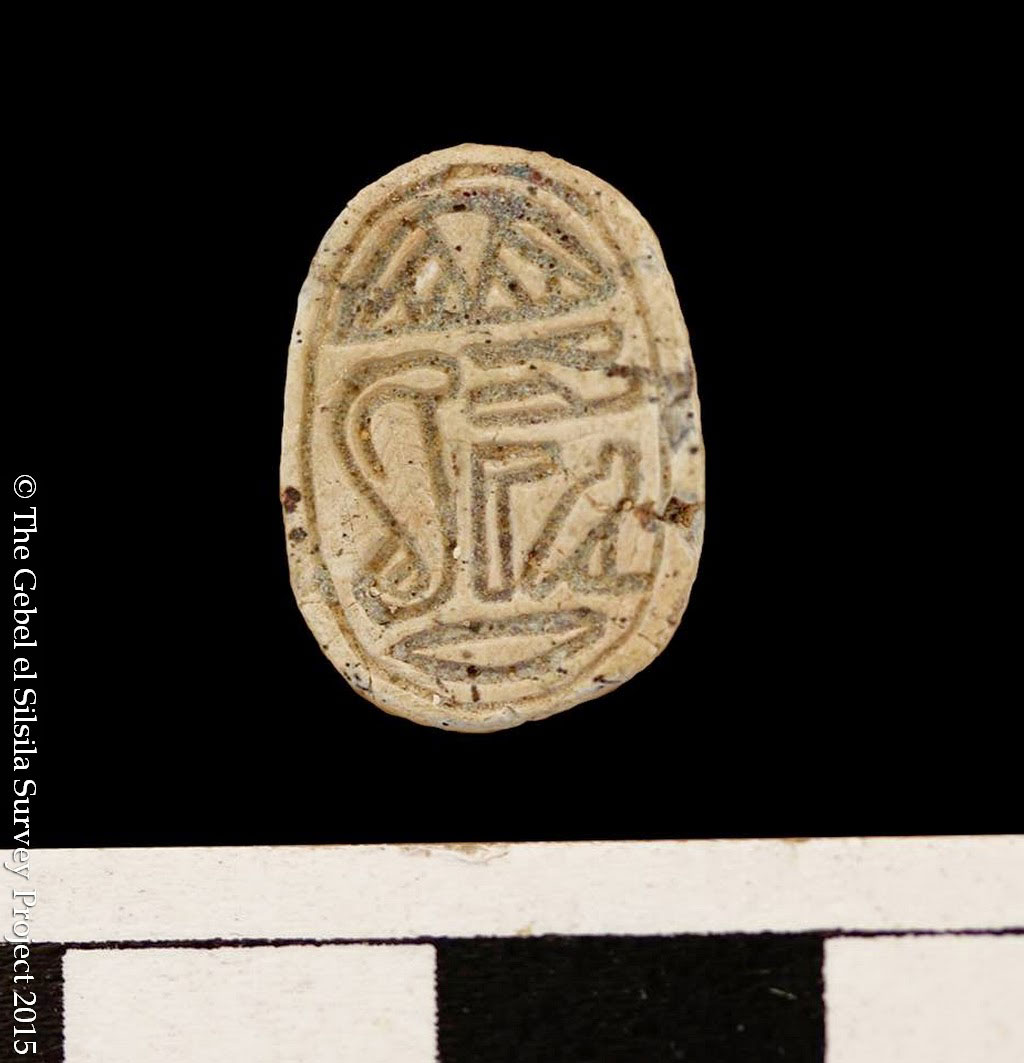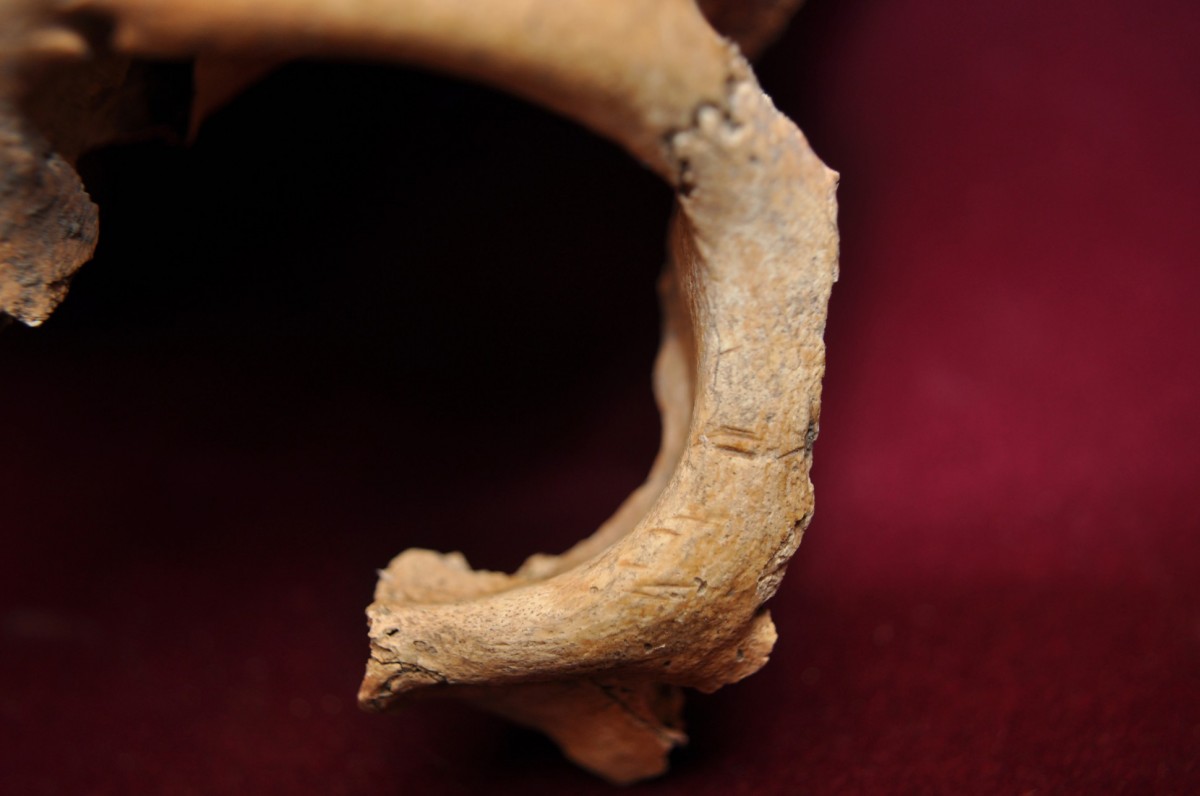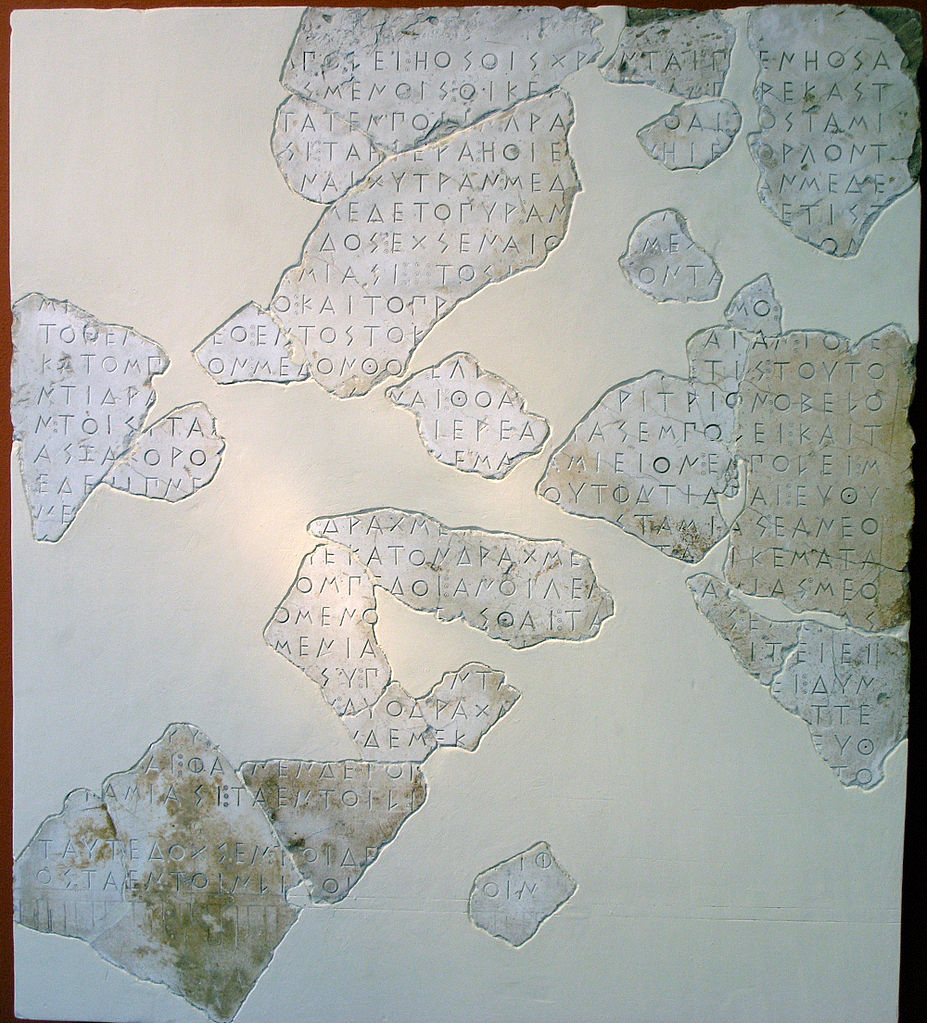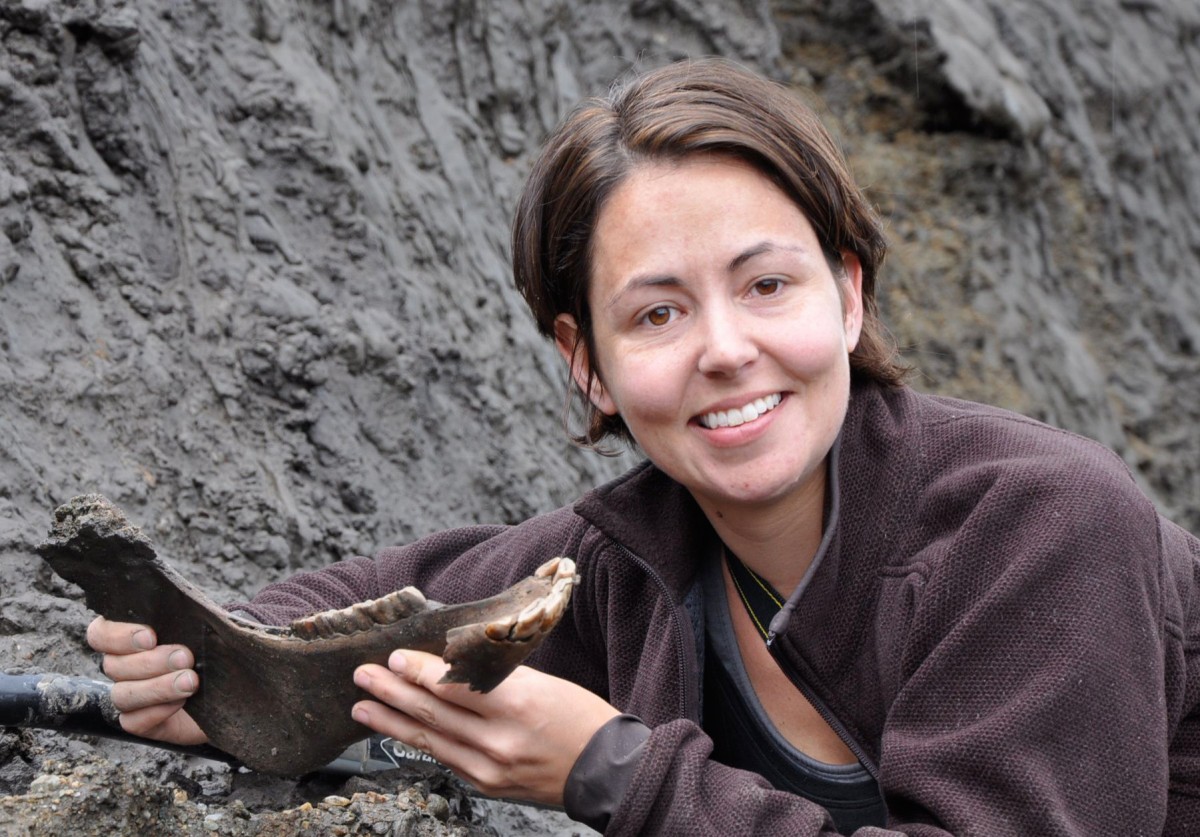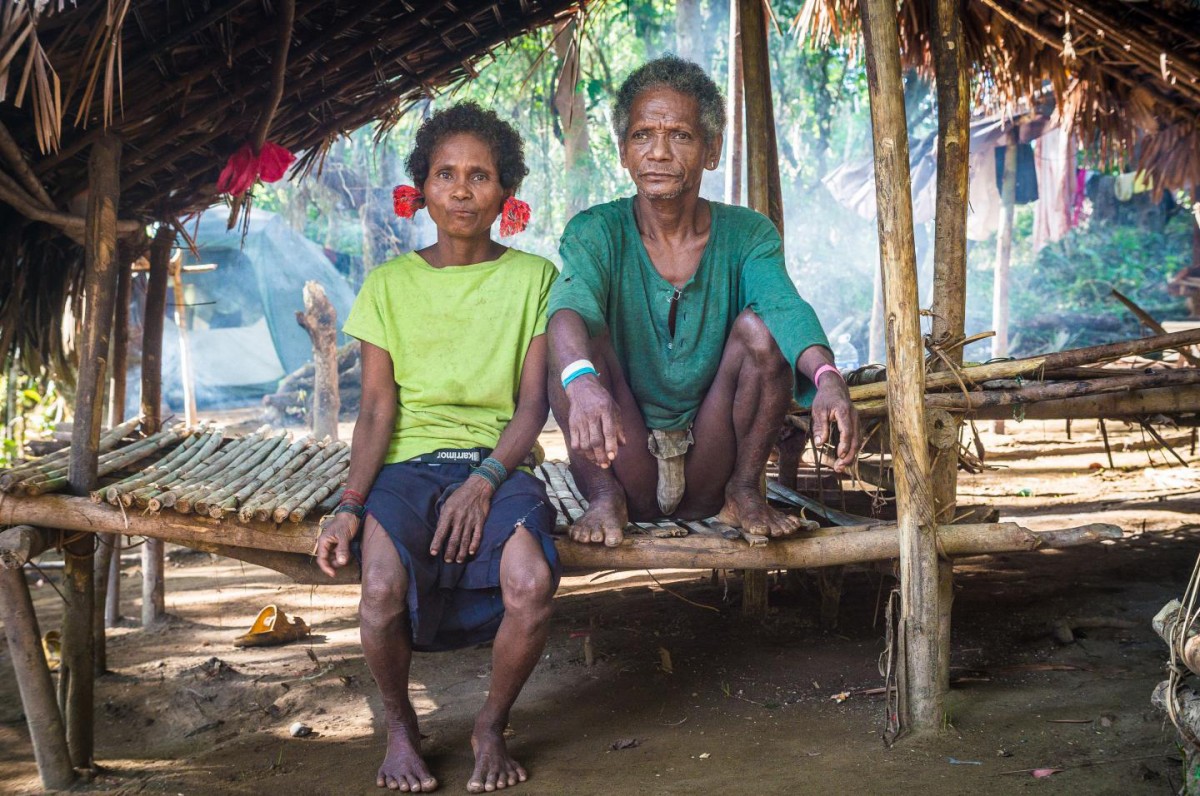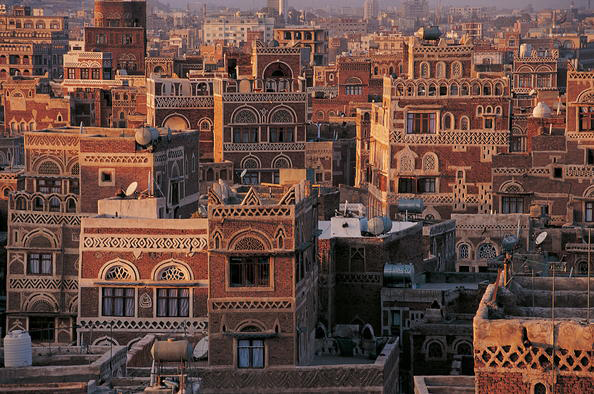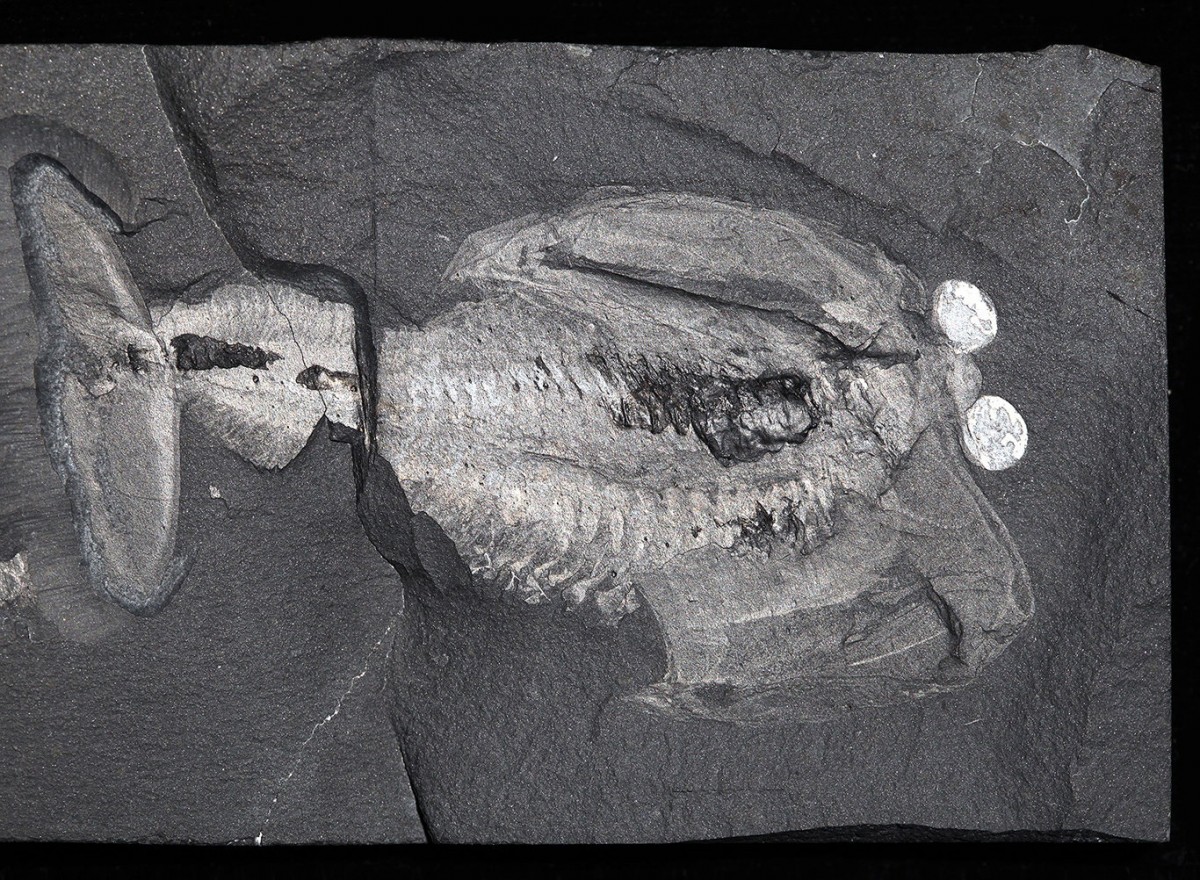Evidence of Neanderthals on Greek island of Naxos
Archaeological findings at the Stélida site, on the Greek island of Naxos, indicate the existence of humans on the island as early as 260,000 years ago.
Our bond with dogs may go back more than 27,000 years
Dogs' special relationship to humans may go back 27,000 to 40,000 years, according to genomic analysis of an ancient Taimyr wolf bone.
Jerusalem’s Lower Aqueduct came to light
A section of Jerusalem’s Lower Aqueduct was revealed in the Umm Tuba quarter (near Har Homa) during the construction of a sewer line in the neighborhood by the Gihon Company.
Pantāi krēpides: shoe-talk from Homer to Herodas
A Dialogos lecture offering a comprehensive discussion of ancient Greek poetic talk about shoes, slippers and sandals, as well as a sample of iconographic representations.
The first painting to be sold from Cornelius Gurlitt’s trove of art
Sotheby’s to offer an exceptional painting by Max Liebermann. Discovered in Gurlitt’s home and since successfully restituted to its rightful heirs.
The Egtved Girl was not from Denmark
The Bronze Age Egtved Girl came from far away, as revealed by strontium isotope analyses of the girl's teeth.
Aristotelianism in Western Europe and Plato’s Statesman
The Danish Institute organizes two lectures next week in Athens. Speakers: Prof. Sten Ebbesen and Anders Dahl Sørensen.
Α new beginning to the known archaeological record
The stone tools mark "a new beginning to the known archaeological record," say the authors of a new paper about the discovery in Kenya.
Neolithic settlement of two-storey houses unearthed in Bulgaria
Archaeologists in Bulgaria have announced that they unearthed a Neolithic settlement of 60 two-storey houses, near Mursalevo in Southwest Bulgaria. The houses had been deliberately set on fire.
Islamic State troops take over Palmyra
The world heritage site of Palmyra has been taken over by IS troops. Artefacts have been transferred to safe locations but the international community fears that large buildings and monuments will be destroyed.
First dinosaur fossil in Washington state
Burke Museum paleontologists have published a description of the first dinosaur fossil from Washington state.
Inlaid eyes in Roman stone sculptures
Why were so many statues of gods featured with inlaid eyes? Is it to give the sculpture a liveliness through the high polished surface and glance of the material?
Most European men descend from a handful of Bronze Age forefathers
University of Leicester researchers discover a European male-specific population explosion that occurred between 2000 and 4000 years ago.
Reappraising Kirrha
"Reappraising Kirrha. New evidence on landscape, economy and society from Southern Phocis" is the title of the next Aegean lecture to be given by Julien Zurbach and Raphaël Orgeolet.
Syrian ancient cultural site threatened by IS troops
Another cultural heritage site faced the threat of being destroyed by IS troops last weekend. The troops seem to have withdrawn for the time being, but the potential hazard still lingers above the ancient remains.
Athens and Attica in Prehistory
When was Attica first inhabited? To what extent did the coastline change? How was everyday life in the 3rd and the 2nd millennium BC? How did the sea affect the economy and contacts with other regions? Was Athens really the centre of Mycenaean Attica?
Neanderthals were attacked by large carnivores
A paper published in Archaeological and Anthropological Sciences highlights the importance that predation had on human evolution and the strong pressure that existed between Neanderthals and large carnivores.
Temple remains found in ancient Egyptian sandstone quarry
The discovery of the remains of a temple at Gebel el Silsila site, a sandstone quarry north of Aswan, gives the place new perspectives from an archaeological aspect.
Violent acts as a political strategy of control in Pre-Columbian Bolivia
At the site of Wata Wata in Bolivia, three skulls suggest that a man and two women had been beaten, beheaded and defleshed near the time of their death.
Double Greek Religion Seminar at the SIA
Beginning at 3.00 p.m. this afternoon, Jan-Mathieu Carbon (Copenhagen University) and Edward Harris (Durham University) will talk about Greek Cultic Associations and Greek Sacred Regulations respectively.
How to Clone a Mammoth
Could extinct species, like mammoths and passenger pigeons, be brought back to life? The science says yes.
Unique social structure of hunter-gatherers explained
Sex equality in residential decision-making explains the unique social structure of hunter-gatherers, a new UCL study reveals.
SOS for Yemen’s cultural heritage
Amid alarming reports about bombing of the Old City of Sana’a, UNESCO’s Director-General calls on all parties to protect Yemen’s unique cultural heritage.
500 million-year-old brain shows how heads evolved in early animals
A new study from the University of Cambridge has identified one of the oldest fossil brains ever discovered and used it to help determine how heads first evolved in early animals.

